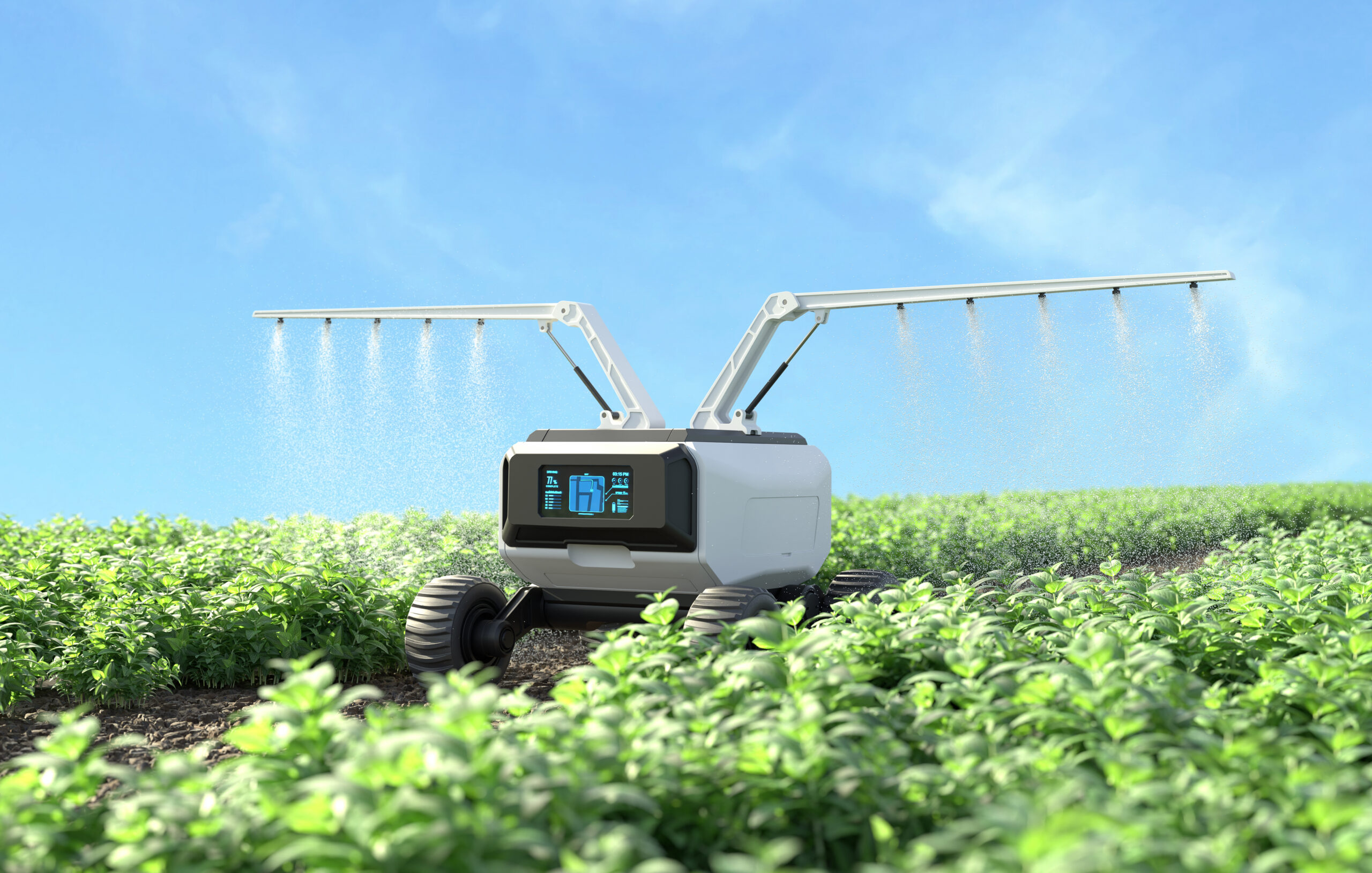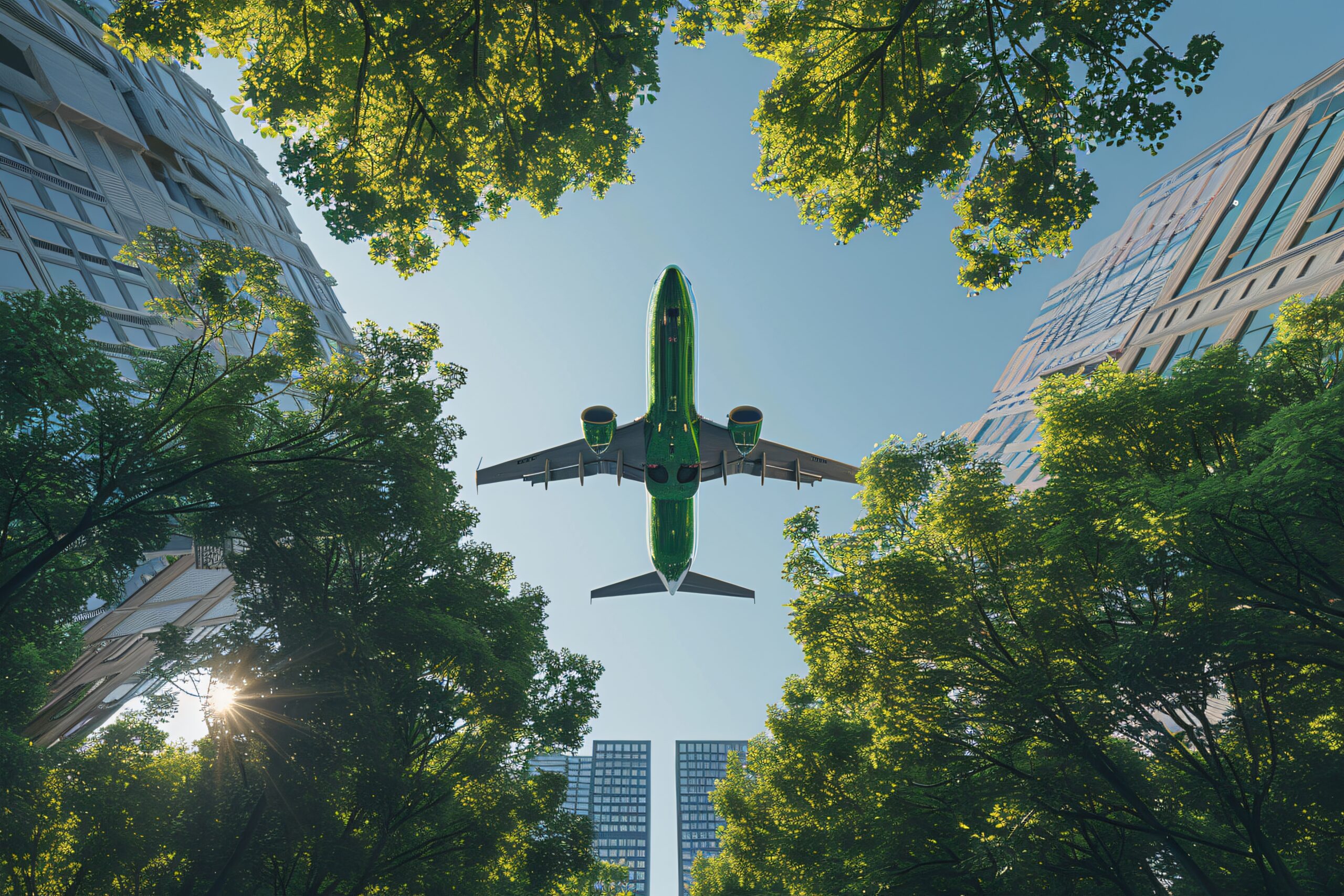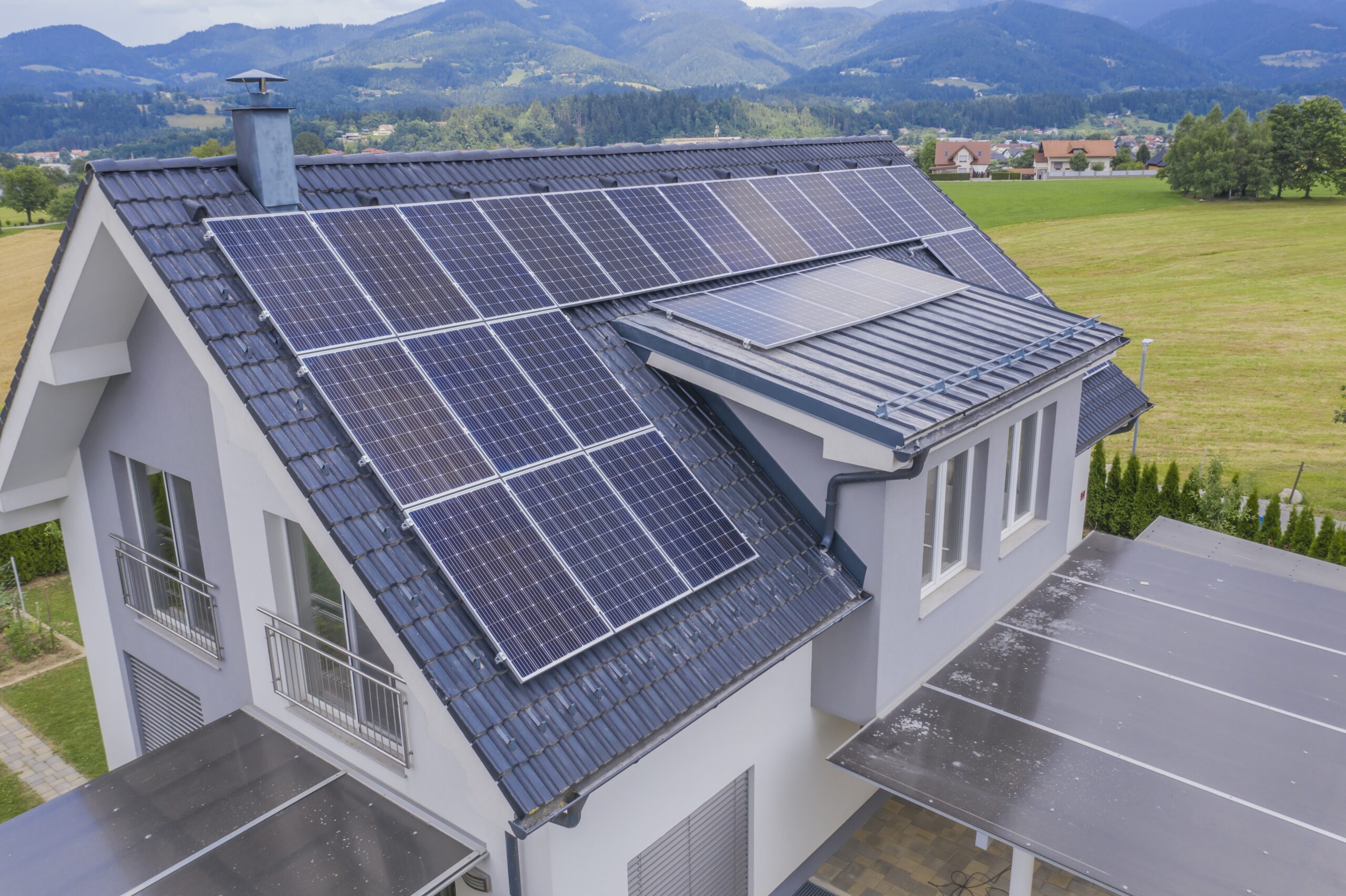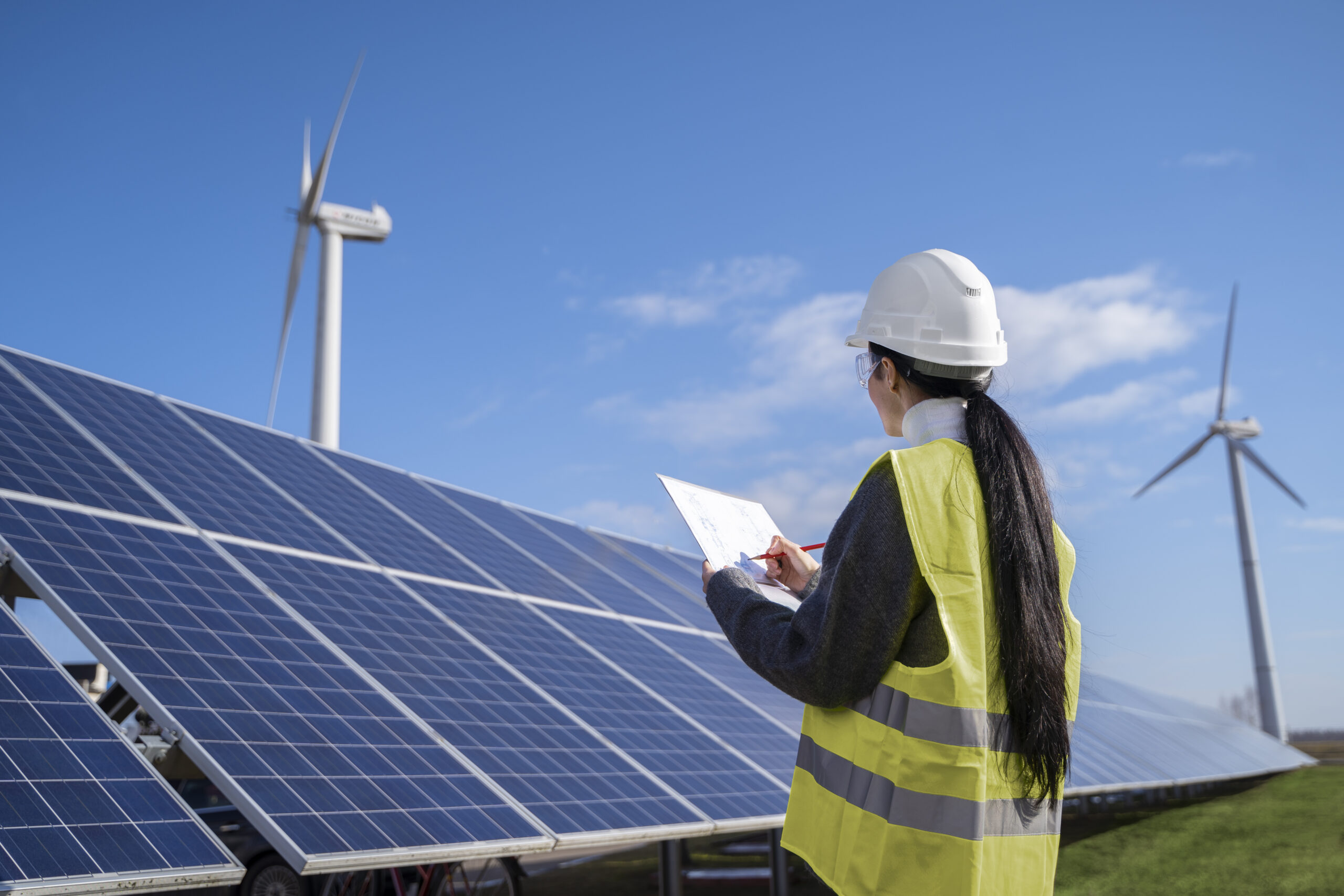Did you know the implementation of AI technologies can increase crop yield production by up to 40%?
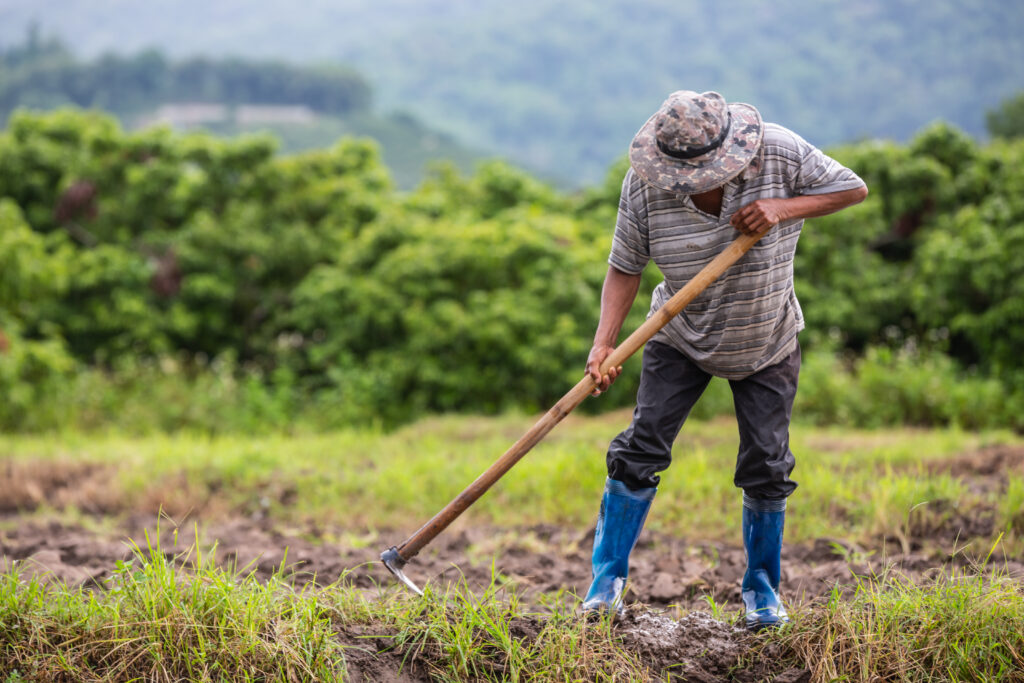
Traditionally, the farming sector relied heavily on the experience of farmers, with no efficient technologies available. Farmers often had no idea about soil conditions, weather forecasts, or the appropriate amounts of fertilizers or pesticides. One of the biggest challenges in traditional farming was water loss—a large amount of water was wasted due to outdated methods. These inefficient practices also harmed the climate, and the labour involved made farming extremely physically demanding.
The lack of qualified workers and time constraints continue to be significant challenges in this sector. Sometimes, traditional practices even pollute water and soil. Today, AI technologies are helping to solve these problems. AI empowers farmers with data-driven insights and consistent decision-making tools. Farmers no longer rely solely on personal experience—they now depend on AI-driven systems that make their farming journey more efficient.

Agricultural technology has been evolving for over 100,000 years. In the past, people relied on physical labour and animals to work the land. Experience and instinct guided agricultural decisions. Then came mechanical machines, which replaced manual labour but still lacked efficiency and data-based decision-making capabilities.
In recent years, sensor-based, remote, and AI-driven technologies have entered the scene—these are far more efficient, precise, and easy to use.
As scientists predict that global food demand will increase by 35% to 56% between 2010 and 2050, it’s become essential for farmers to adopt advanced AI technologies. With rising labour shortages, the urgent need to reduce the effects of climate change, and the increasing demand for food, the stage is set for AI to transform agriculture.
Now, let’s explore some of the major AI technologies that are revolutionizing the agricultural world.

AI Automation Technology
One of the most transformative applications of AI in agriculture is automation. AI automation uses techniques like machine learning algorithms, natural language processing (NLP), and computer vision to learn from large datasets and perform routine tasks. The more these machines operate, the more data they collect—and the better they get.
With labour shortages reaching critical levels in agriculture, engineers have developed mid-sized and large automation robots. These machines can handle seeding, weeding, and harvesting with greater speed and precision than human labour. Many can be controlled using remotes or smartphones, and they often outperform traditional tractors.
An excellent example is the California-based startup FarmWise, which uses automated AI robots to identify and remove weeds without damaging crops. Their machine, Titan, uses computer vision and machine learning models to distinguish between crops and weeds. This precision ensures higher yields and minimal crop damage, embodying the principles of precision agriculture.

Predictive Analytics in Farming
Beyond automating physical tasks, AI is also helping farmers make smarter decisions through predictive analytics. Predictive analytics uses data to forecast future outcomes. By combining algorithms with sensoring technologies, vast amounts of data can be collected and analysed to generate predictions.
Agriculture is notoriously unpredictable—factors like weather, soil quality, and pest outbreaks are difficult to foresee. This is where predictive analytics proves invaluable. It processes both real-time and historical data to forecast crop yields, disease risks, weather conditions, and soil health.
Now, farmers can estimate the best time to plant seeds, anticipate upcoming weather conditions, and get early alerts about pest outbreaks. With this foresight, they can reduce waste, minimize fertilizer or pesticide use, and significantly lower their carbon footprint.
One startup leading this space is Sencrop, a French Agri-tech company that uses weather stations and sensors to collect real-time field data. Their analytics help farmers make precise decisions regarding crop health and productivity.
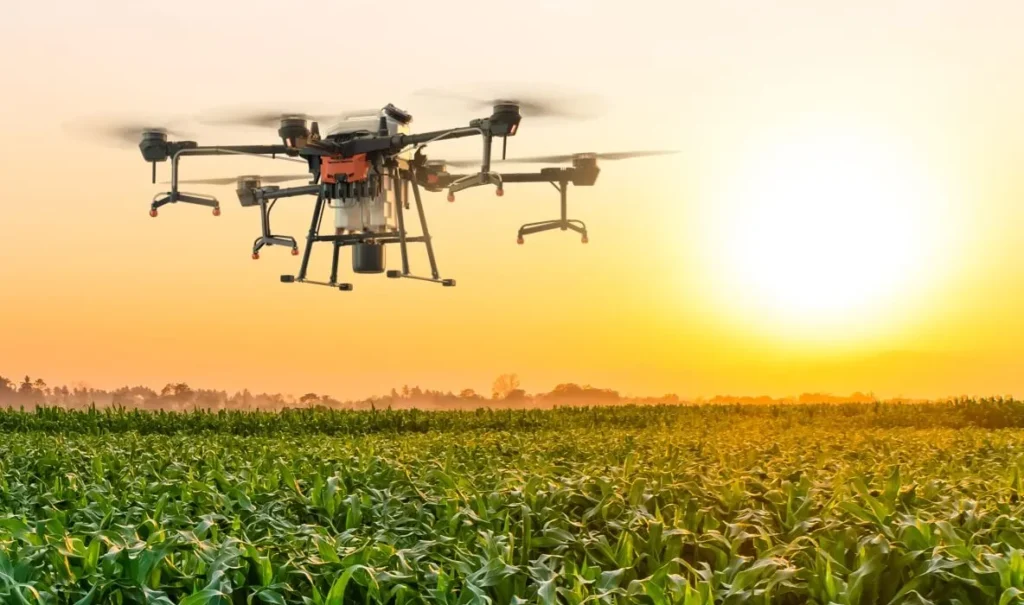
AI-Powered Agricultural Drones
Another exciting innovation is the rise of AI-powered agricultural drones—drones equipped with high-resolution cameras and sensors to capture images, analyse data, and complete farming tasks autonomously.
Traditionally, spraying crops was a slow, labour-intensive job. Today’s AI drones can perform this task quickly and accurately. Some modern drones can carry up to 40 kg of payload and spray fields with precision, protecting crops from diseases, pests, and weeds.
These drones are fitted with multi-directional sensors that help them recognize obstacles, target crops with accuracy, and even distribute water efficiently. Advanced remote controls allow them to fly over tall crops and hilly terrains, expanding their usability in diverse landscapes.
AgEagle Aerial Systems, a startup based in Kansas, combines AI and drone technology to monitor crop health and provide real-time solutions to farmers. Their drones capture detailed images, analyse crop conditions, and deliver actionable insights, enabling holistic, data-backed farm management.
The integration of AI in agricultural technology is only the beginning. As machines continue to gather data and more advanced algorithms are developed, AI-powered solutions will become more widespread and accessible. Countries like India have already started adopting AI sensor technology in their crop fields. However, high technology costs and the need for skilled operators remain barriers to mass adoption. But if these challenges can be addressed, AI gives agriculture new hope—not only to meet the growing demand for food but also to do so sustainably and efficiently.
AI isn’t just transforming farms—it’s shaping the future of how we feed the world.

